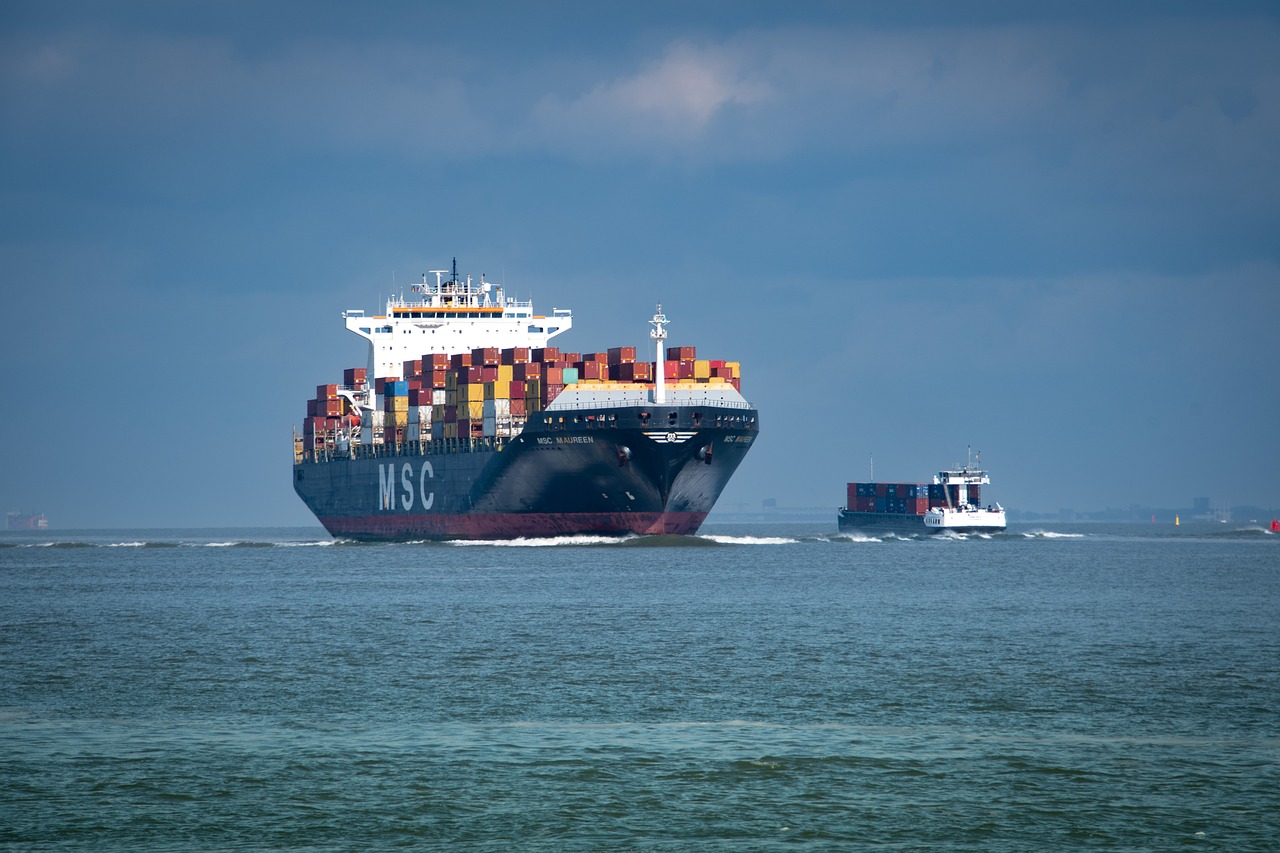
1. What special qualifications are required for the export of lubricants?
According to the latest 2025 DangerousChemicalsManagement Regulations", the export of lubricants requires special attention:
- Material Safety Data Sheet (MSDS) document: Must include 16 technical parameters such as flash point and toxicity.
- Hazardous Chemicals Business License: Lubricating oils with a flash point ≤60°C must be processed.
- GHS label: Starting from 2025, new transportation emergency code requirements will be added.
- Export License: Specific components involved require the handling of dual-use item certification.
II. How to determine whether a lubricant is classified as a hazardous chemical?
The key lies in the flash point index and composition:
- Lubricating oils with a flash point ≤60°C (such as certain aviation lubricants) fall under Class 3 flammable liquids.
- Lithium-based, barium-based, and other metal components must be declared as Class 8 corrosive substances.
- It is recommended to entrust a professional laboratory for testing.52. UN38.3 testingClassification
III. Lubricant Exportscustoms clearanceAre there any special requirements?
The HS code classification directly affects tariff rates and regulatory conditions:
- Mineral oil-based lubricants fall under heading 2710.19.
- Synthetic lubricating oils are generally classified under heading 3403.
- New additions in 2025Carbon footprint declarationRequirements (EU CBAM Applicable Products)
IV. What risk points should be considered when selecting an agency company?
It is recommended to verify the agency's:
- Hazardous Chemicals Operation Qualification (view original)
- Historical Operation Cases (Requiring the submission of three export proofs of the same category)
- Overseas customs clearance capability (especially GCC certification in the Middle East, EPA filing in the United States)
- Insurance coverage (must include pollution liability insurance)
V. What are the taboos in the transportation of lubricant exports?
Common transportation accidents are often caused by improper operations:
- It is strictly prohibited to mix with oxidizers or food (as per IMO segregation requirements).
- 200-liter iron drums must pass through.Drop Test
- Shipping requires providingTransportation Condition Appraisal Report for Goods
- Air transport only accepts products with a flash point >60°C.
6. What test reports are required for exporting lubricants?
The basic documents include:
- third-party testing agency reportsIngredient Analysis Report
- ISO Viscosity Grade Certification (especially for industrial lubricants)
- Environmental certification (such as EU REACH SVHC List Compliance Declaration)
- New additions in 2025Microplastic Content Detection(Products exported to Europe)
7. What are the import restrictions in different countries?
Key Market Regulatory Differences:
- United States: EPA certification (including bio-based lubricants) must be obtained in advance.
- Middle East: Must obtain GSO certification and affix Arabic labels.
- India: Implementation of ISI Mandatory Certification
- Brazil: ANP registration and INMETRO certification required
8. How to Reduce Export Tariff Costs?
Professional agency companies can provide:
- Rules of origin planning (such as preferential tariff rates under RCEP)
- Application for Processing Trade Handbook (Bonded Lubricant Production)
- Product Code Optimization Suggestions (Rational Utilization of Classification Differences)
- Anti-dumping duty circumvention plan (e.g., anti-dumping measures on lubricants in Indonesia)
9. LubricantsExport agentWhat are the pricing standards?
2025 Market Outlook Reference:
- Basic agency fee: 0.8%-1.2% of the cargo value (including document preparation)
- Hazardous Material Surcharge: Starting from USD150 per shipment
- Special certification agency: USD800-3000 (depending on country requirements)
- Beware of hidden charges: such as the shipping company's dangerous goods surcharge and yard supervision fees.
10. How to evaluate the professionalism of an agency?
It is recommended to request the other party to provide:
- In the past two yearsCertificate of No Violation Record(Priority given to AEO-certified enterprises by customs)
- Real-life case studiesSample of Dangerous Goods Packaging Certificate
- List of Overseas Agency Networks (Particularly Customs Clearance Capabilities at Destination Ports)
- Emergency Response Plan (including spill handling, document remediation, etc.)
(Data source of this article: Based on customs statistics showing China's lubricant export volume reached 897,000 tons in 2023, combined with analysis of the publicly announced regulatory amendment draft for 2025)


 Follow Customer Service WeChat
Follow Customer Service WeChat